Big Switch Networks CEO Sees Open Networking Momentum And Dell EMC Partnership Possibilities
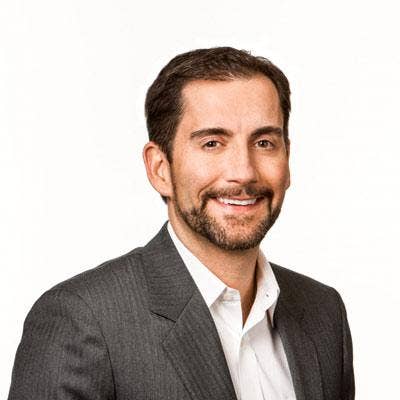
Companies Want Open Networking
Big Switch Networks has doubled revenues over the past 12 months thanks to the growing adoption of open, white box networking, said CEO Douglas Murray.
"There's been a lot of commoditization that's been occurring relative to the hardware platforms themselves and much of the differentiation we see is very much rooted in software," said Murray, in an interview with CRN. "Even beyond Dell, there are a number of other large systems companies that are embracing opening networking … It's not just the early adopters. We now have large petrol oil companies and train companies as customers – a lot more main stream [businesses] are now starting to show up on the radar … that's exciting for the channel."
Murray also talks about Big Switch's new $30 million funding round announced this week, new channel investments and why he's "bullish" about its Dell-EMC partnership.

Are you seeing a broad adoption of open networking and white box solutions?
You saw in Dell's last earnings call, they discussed how their open networking strategy was really core to growth and had the best quarter from a revenue perspective versus the prior eight quarters. We really are seeing the uptick with respect to that shift happening. We see that today in carriers, financial companies, also smaller web scale companies that aren't Google and Facebook but are in that next tier down – so in many respects a lot of the SaaS providers. We see all of those companies in some way, shape or form have very important reasons to keep workloads on-premises in their own data centers. While they might put some things in the cloud, they'll do so in a hybrid concepts. So for us, we're looking on how we can help them on-premise in terms of Infrastructure as a Service, but then over time, assisting them with cloud. Even beyond Dell, there are a number of other large systems companies that are embracing open networking.

Who's buying open networking solutions in 2017 and how much has business grown for you?
We're proud to say that we've doubled the business here in fiscal year 2017 that ends July 31. We really see customer adoption accelerating. It's not just the early adopters. We now have large petrol oil companies and train companies as customers – a lot more main stream [businesses] are now starting to show up on the radar. It's really exciting for us as a company and the technology, but also that's exciting for the channel. It gives them some new innovative ways where they can actually differentiate themselves as they meet customers.
Deals really started to ramp up for us in late 2015 and through 2016.
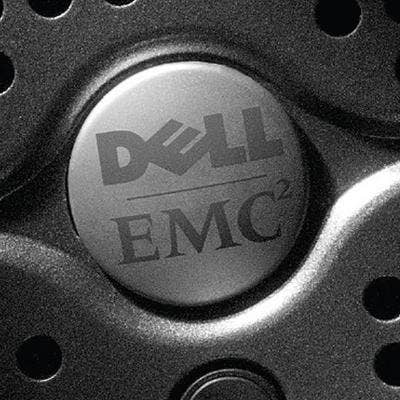
Did Dell's acquisition of EMC strengthen Big Switch at all?
Yes. Following the EMC integration, we're quite bullish on the relationship. Not only do we have a partnership with Dell, but we integrate with VMware products as well. Obviously, you have a lot of the sales expertise coming in from EMC which then lends itself, from a partnership perspective, to allow us to have even more people to partner with relative to go-to-market and customer installed base. We're quite bullish on the relationship and where this goes from here. We've had a lot of good learnings with them relative to how you package solutions effectively and how we work through go-to-market as partners.

How is the Big Switch and Dell combination winning in the market?
A great example is, we have a white paper from ACG Research that did a report about the benefits you get from a TCO perspective by using Dell-EMC on the hardware side and Big Switch on the software side. It actually breaks down the cost benefits and how much one can save by moving to a fabric-based open architecture versus what you would get in the traditional context. It drove down the cost by greater than 50 percent and the automation and simplicity is something that resonates. That's a big reason [why we're winning].
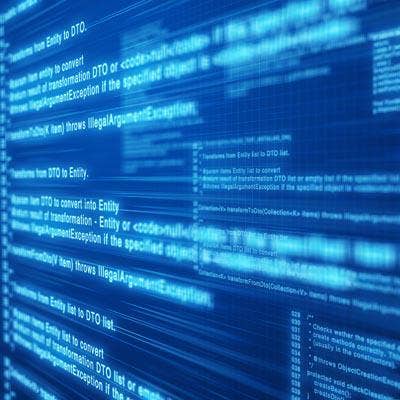
Are you trying to make your software compatible with more vendor hardware?
Yes. So today we support Accton [Technology], Quantum and Dell, Delta Networks and other companies as well. It’s important for us as we continue to scale, to get more breathe relative to our hardware compatibility list and really give customers choice.

You just announced a $30.7 million funding round. Where is that money going to be spent?
As the company continues down the trajectory of growing, typically the early rounds of funding are rooted in building out engineering and capabilities, getting the product to fit the market and looking at you hone your IP and portfolio to build that foundation.
What we're really excited about is in the past 18 months, we’ve been growing incredibly fast and as a result, we're now at a point where this round is primarily based in looking at what we do from the investment perspective to really continue to build out our sales channel and strategic alliance investments. As we continue to grow, we do very little direct, the push of our company is do anything we can in partnership with the channel. The investment for this round is going to be concentrated and focused on how we scale the company from a go-to-market channel point of view.

Is there any channel recruitment effort to expand your partner base?
We have a program that will formally be launched with training and certification benefits, look at how things work from an MDF perspective – the usual structure. But in the meantime, [we've] been working to sign on and get the initial partners that would augment the ones we already have.
From a geographical perspective, we have a tremendous emphasis on the U.S. We also have tight relationships with three companies in Japan being CTC, NetOne Systems and Unix. What we're in the process of doing is building out by geography a broader ecosystem. We hired a head of Europe last year and he's in the process of partnering with [vice president, Worldwide Channels] Claudio [Perugini] as well, getting the first VARs and distributors in the region.

Tell us about your new worldwide channel leader Claudio Perugini.
What Claudio is here to do is to help us on the VAR-side and really help us build-out that ecosystem. Help recruit VARs globally, but also put us in a position – because of his background and experience in Gigamon – he has network packet brokerage experience and knows that VAR ecosystem as well. [He] has a combination of networking but also network packet broker background, so we can address how we do training, onboarding, managed distribution and so forth for the smaller VARs, which are also very important for us.

What geography are you attacking in terms of channel recruitment?
For the next year, we're still going to be incredibly focused on the U.S. We have some partners we're in discussions with on the federal side because federal is a big space for us. We have some partnerships we're fostering right now on the service provider side since we have companies like Verizon, who is a very large customer of us.
Step one is really invest in the U.S. … We're hiring people in Texas and Minneapolis, we hired our first representative in Ohio last week. So we're really starting to get deeper and deeper into the U.S.
What comes after the U.S.?
We're now getting the initial points in the other geographies to slowly start to ramp them up. For example, our focus in [Asia-Pacific] is really in Japan and Australia where we have offices. In [Europe, the Middle East and Africa] it’s the U.K. as well as the [United Arab Emirates] … So our primary focus is U.S., U.S. federal, select countries in APAC and in Europe.
Our fiscal year 2017 ends July 31. In fiscal year [2019] we'll fortify what goes on here in the U.S., then the stage will be set to do more international expansion.
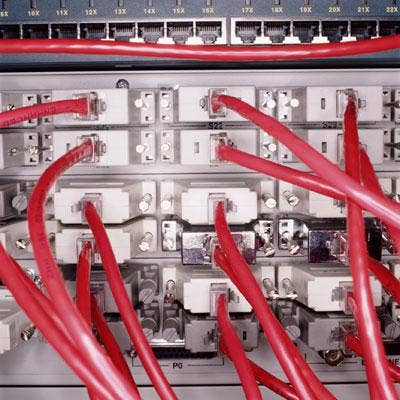
What are you seeing in the data center networking market in 2017?
It's upwards of a $10 billion market and you largely have two different sources of technology that is being consumed by customers. The dominant still remains standalone switching … [customers] are still buying traditional box-by-box networks because of the fact that they had a design, for example, of specific data centers from two years ago that they're working through.
Then there's a smaller segment of the market, but a faster growing segment which is really around the next generation network design. So fabric-based architectures, really getting away from standalone switching – things like intent-based networking, automation and making it incredibly simple. In our case, we're never a standalone switch, we only act as a fabric. So when you want to upgrade your switching infrastructure, you go to our GUI, press the 'upgrade' button – then your switches all get upgraded.
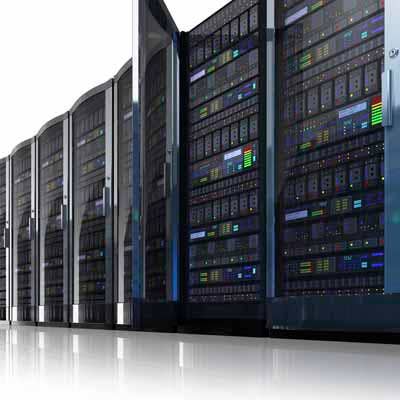
Who are you competing against in the data center?
We're largely competing against the traditional box-by-box vendors, but there's a lot of companies that see the way companies like Google and Facebook – who are very public about how they do automation and how they use SDN and controller designs – there's a lot of interest in moving to the next gen of architecture. That's where we see companies like Cisco ACI, which we see in market a fair bit. We see some customers like large carriers trying to figure this out to see if they want to do it themselves or whether they want to partner with us or some type of combination.

Who are you competing against in the network packet broker market?
There's been a lot of M&A activity in this market and a lot of focus on what's going to happen to this market in the next three to five years. We tend to see Gigamon in that space. In that space, you're talking about … pervasive monitoring and security. We see this concept of bringing fabrics into the network packet broker world. That's a real interesting space and one that we're continuing to see a lot of adoption of our Big Monitoring Fabric.
Both the network packet broker and [data center] segments are really ripe for next generation architecture and it puts us in a very good position to be a leader in the newer technologies.
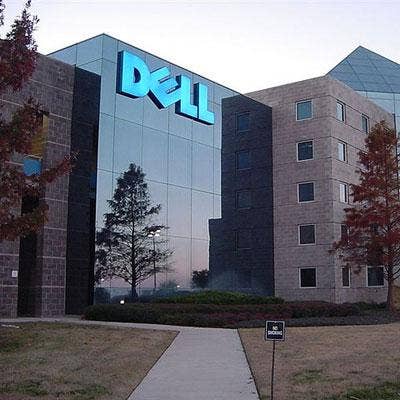
Do you view Dell as a visionary in open networking?
When we started the relationship with Dell back in 2014, I was very impressed with the Dell networking team – in fact Michael Dell was also involved this – they came up with this Open Networking concept. Gartner [Research] commonly refers to it now as 'bright box' instead of white-box, it's a branded white-box. The vision there was. In many respects, there's been a lot of commoditization that's been occurring relative to the hardware platforms themselves and much of the differentiation we see is very much rooted in software. In 2014, Dell said every switch that they would ship from that point forward would be an open network switch … that changed a lot for us and the [industry].

How important is your partnership with Dell from a channel perspective?
Our business model is meeting in the channel. It's so important because our customers buy comprehensive solutions where we're one piece of it. So unlike a traditional switching company where they might be selling boxes, we're not a hardware company. We're a software company. Because of that, meeting in the channel or in Dell's channel is important because the way our software gets delivered is on other people's hardware.
So we work very closely with Dell, but we have an extensive deal registration process not only with Dell, but other partners we work with. That's how we make sure that from a channel and go to market perspective that we remain very fair and equitable across the ecosystem.
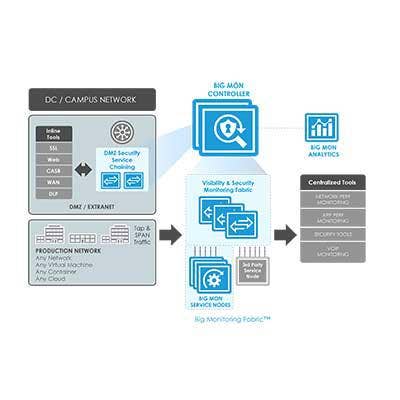
Can Big Switch become a software leader in open networking?
We are seeing a trend now where in many companies rather than building their own software stack and hiring several hundred people to do this, they're using their hardware but putting our software on top of it. That's happening right now. It's very [similar] to what VMware really was founded on, which was VMWare ESX as a technology on the servers but the servers span many different companies. And they became the hyper-vision of choice when people would put software on servers to virtualize them. We look at doing very similar things with respect to our software sitting on other people's hardware.